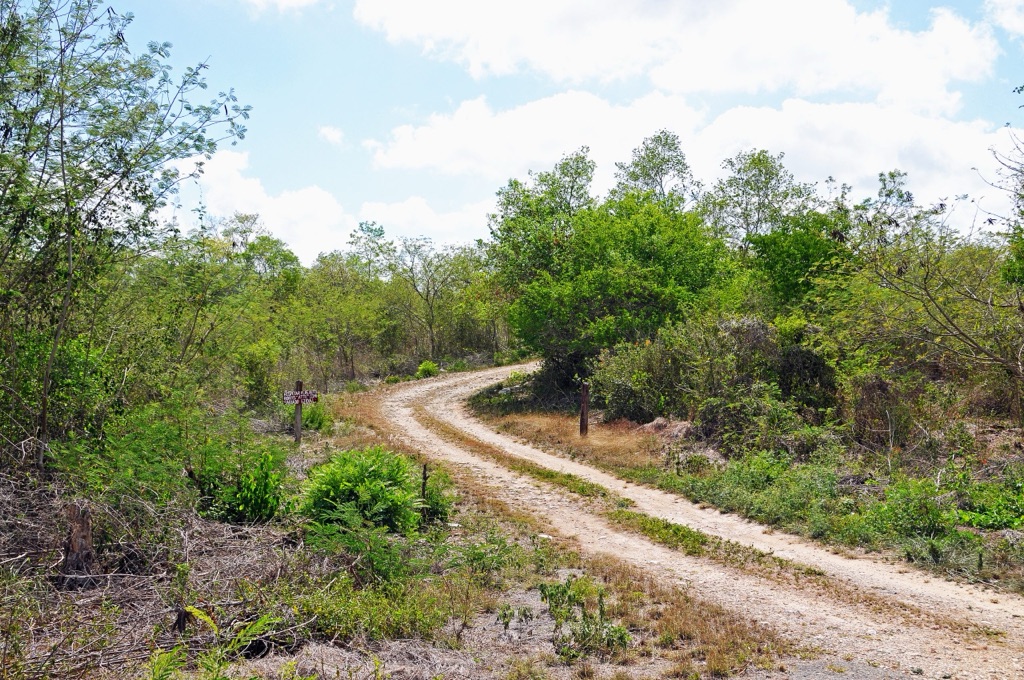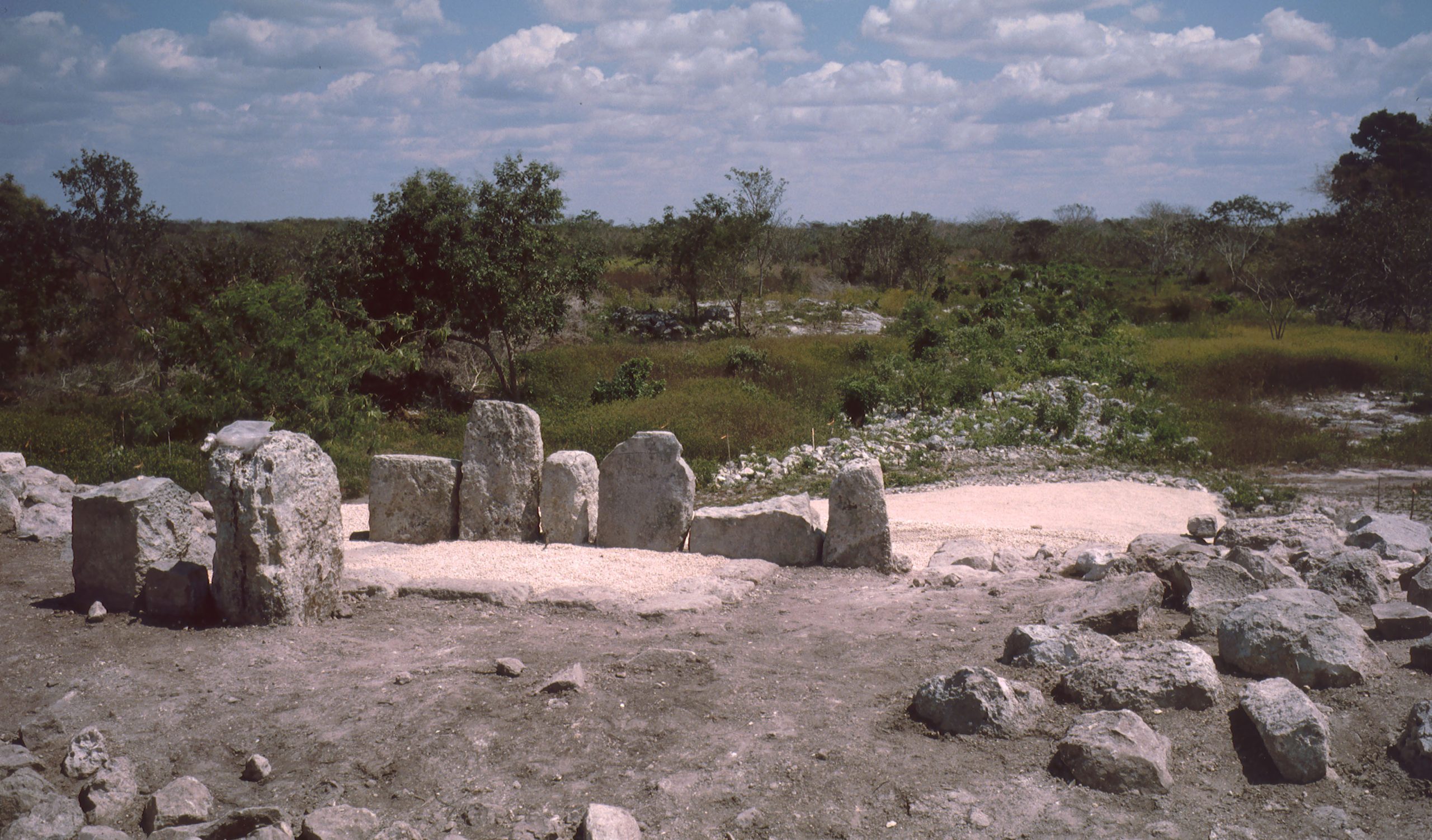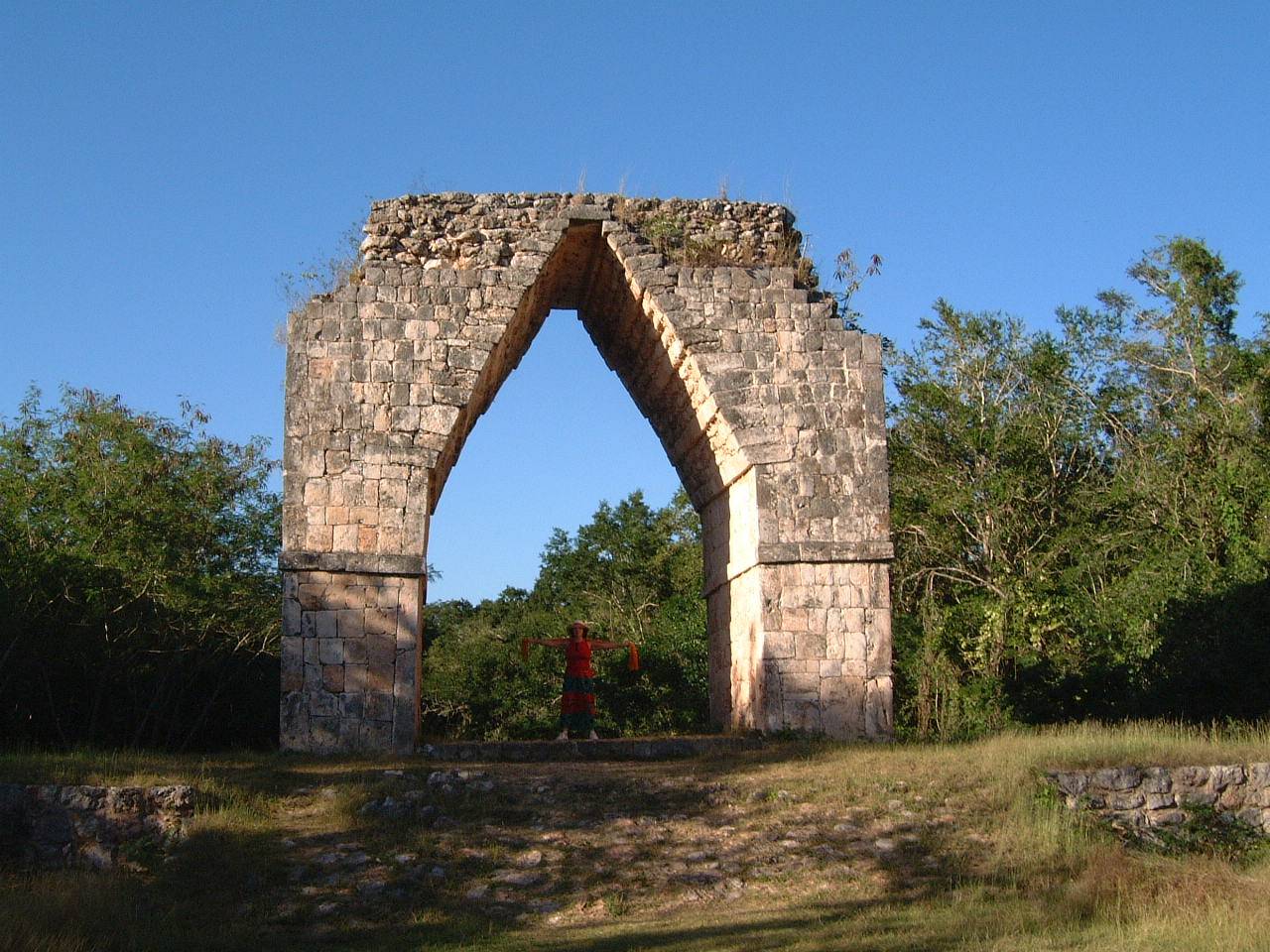The Coba-Yaxuna Sacbe: Engineering Marvel of the Maya Civilization
The Coba-Yaxuna Sacbe represents a pinnacle of ancient Maya engineering and serves as a testament to the civilization’s advanced understanding of construction and infrastructure. This sacbe, the longest known ancient raised stone road in the Maya world, extends approximately 62 miles (100 kilometers) across the Yucatan Peninsula, connecting the sites of Coba and Yaxuna. Dating from the Late Classic period (600-850 AD), its construction showcases the Maya’s sophisticated approach to overcoming the geographical challenges of their environment.
Get your dose of History via Email

Construction and Engineering
Unlike the winding footpaths one might expect in a dense forest, the Coba-Yaxuna Sacbe is a marvel of precision and planning. On level ground, the roadway is raised at least 16-18 inches (40-45 cm) and spans about 32 feet (10 meters) in width, comparable to a modern two-lane road. In areas where the sacbe crosses deep ditches or uneven terrain, it is elevated even further, sometimes up to 8 feet (2.5 meters). This sacbe, like others in the Yucatan, features long stretches of straight sections with occasional angular adjustments, although recent LiDAR imaging has revealed that it is not as straight as once believed.
The construction of this roadway through the dense Yucatan forest required an immense labor force. Estimates suggest that 1,000 laborers working 12 hours a day, seven days a week, would need nearly two years to complete such a project. This endeavor involved clearing the forest, quarrying limestone slabs for the sidewalls, transporting these materials, and filling the space between with rubble. The potential surfacing of the road with smooth stucco, as seen in other sacbeob, would have demanded additional manpower and resources.

Purpose and Significance
The reasoning behind the construction of the Coba-Yaxuna Sacbe, and sacbeob in general, has intrigued researchers. While the practical uses of these roads for trade and communication are evident, given the Maya’s lack of beasts of burden, the decision to construct such elaborate and labor-intensive pathways suggests deeper, possibly spiritual or ceremonial, motivations.
The Coba-Yaxuna Sacbe’s strategic location and monumental scale hint at its importance beyond mere physical connectivity. Some researchers propose that Yaxuna served as a military outpost for Coba, helping to control the rival site of Chichen Itza. Others suggest Yaxuna was a crucial trade center or a spiritual site of significance, given its connection to the major pyramid complex of Nohoch Mul in Coba and its role in early rulership rituals.
Comparative Analysis with Other Sacbeob
The Maya sacbeob vary greatly in their construction, length, width, and function. While many sacbeob connect temples, plazas, and structures within ceremonial centers, the Coba-Yaxuna Sacbe stands out for its length and the engineering challenges it overcame. Its comparison with shorter sacbeob within cities or those connecting to smaller sites highlights the extraordinary effort and resources allocated to its construction.

Future Research Directions
The study of the Coba-Yaxuna Sacbe and other sacbeob is at an exciting juncture, with technologies like LiDAR revealing previously unknown aspects of these ancient roadways. Further research into the construction techniques, purposes, and cultural significance of sacbeob will undoubtedly enhance our understanding of the Maya civilization. The Coba-Yaxuna Sacbe, in particular, offers a unique lens through which to explore the intersection of engineering, politics, religion, and economics in the Maya world.
In conclusion, the Coba-Yaxuna Sacbe is not merely an ancient roadway but a symbol of the Maya civilization’s ingenuity, ambition, and complex societal structures. Its study provides invaluable insights into the Maya’s approach to engineering, their relationship with the natural world, and the possible spiritual and ceremonial importance of these “white roads.”
Sources:

